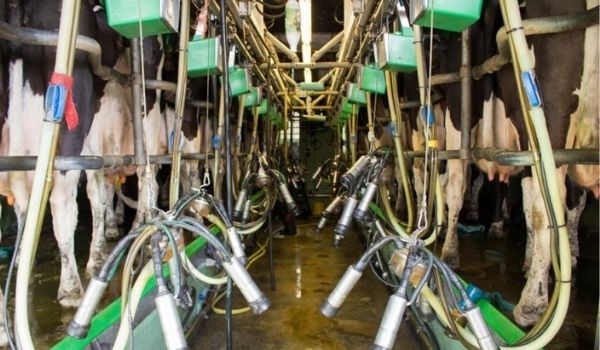- Location
- northumberland
At least the vegan came 2nd worst over all courses
Follow along with the video below to see how to install our site as a web app on your home screen.
Note: This feature may not be available in some browsers.
Aye but that steak really blew it for the one who came lastAt least the vegan came 2nd worst over all courses
Here we go: Hannah Fry has just said that 90% of soya goes for animal food.
That's not quite the actuality.
Here we go: Hannah Fry has just said that 90% of soya goes for animal food.
That's not quite the actuality.

It seemed to me it was all about the methane emitted by cows.I assume when they talk about the carbon footprint of beef and cheese they don't take into account what the farm may have sequestered?
Livestock hasn’t come out very well , down to the methane.
I’m guessing it will be very much an uphill battle to get it accepted that the methane emitted by livestock is part of a carbon cycle unlike the carbon emitted by that aeroplane that flew the asparagus in
But CO2 persists much much longer in the atmosphereExcept an aeroplane emits Carbon and cattle emit methane. And methane has a warming effect 60 times that of CO2.
Does that mean cattle are worse for the planet than aeroplanes then?Except an aeroplane emits Carbon and cattle emit methane. And methane has a warming effect 60 times that of CO2.
Except that it doesn't. Try using GWP* instead of the grossly inaccurate GWP100.Except an aeroplane emits Carbon and cattle emit methane. And methane has a warming effect 60 times that of CO2.
What does methane break down to?But CO2 persists much much longer in the atmosphere
The methane breaks down to co2, and what gets taken up by the plants the cattle eat.What does methane break down to?
I am doubtful that any account was made of grassland in carbon sequestration, it does not ever seem to be included. The farming lobby needs to gets some sound stats and get in front of some of the celeb foodies.
sticking this on our fb page, I don't care if it's entirely factually accurate or not, as said there are many versions of the truth and we need to give ours.
Soya, rainforests and UK livestock: setting the record straight.
We do not import whole soya beans into the UK to feed to our livestock. Rather, we import soya meal, a by-product of producing soya oil for human consumption which would otherwise be thrown away.
Livestock have always been used to transform food unfit for human consumption into nutrient-rich meat and milk.
We have been doing so since the first farmer threw a maggoty apple to the first domesticated pig.
Today we feed a huge range of by-products to our livestock; oil seeds, brewers grains, wheat unfit for baking bread.
All of this is an environmentally sound use of ‘waste’ products.
If you are concerned about rainforest clearance, then there are important steps you can take.
- Check food packet ingredients for soya.
- Purchase rapeseed oil labelled as being grown by UK farmers.
- Use butter and lard, two of the huge range of products we get from those most amazing providers of sustainable food: The cow and the pig.
Save the planet: Shop local, eat British, enjoy a balanced diet.
And roughly the same amount of carbon released by cattle(via methane) is then used by grass so its all in balance.The methane breaks down to co2, and what gets taken up by the plants the cattle eat.